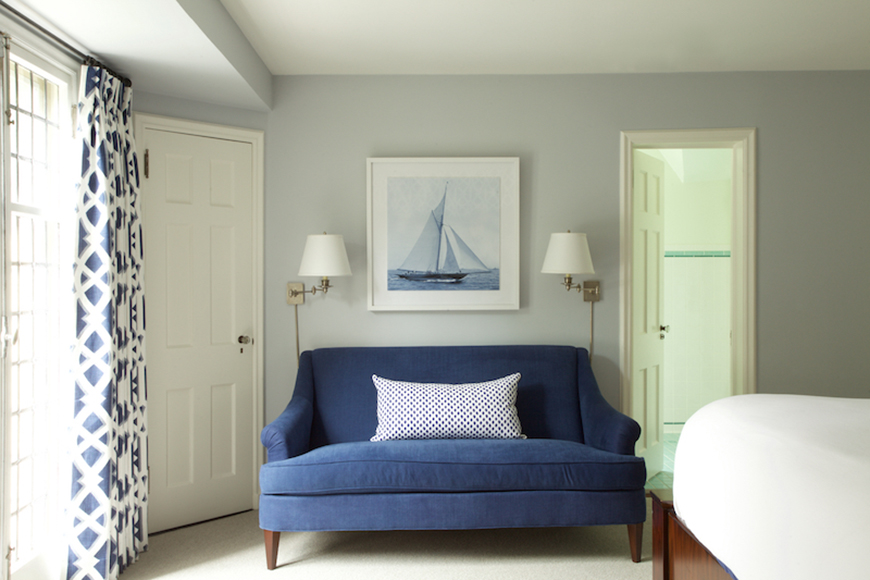The present is often dictated by the past. Interior Designers have a knack for refining ‘out with the old’ into ‘repurpose the cherished,’ taking good bones and transforming them into great architectural bodies.
Ken Gemes’ past in the fashion industry developed into his present profession in interior design.
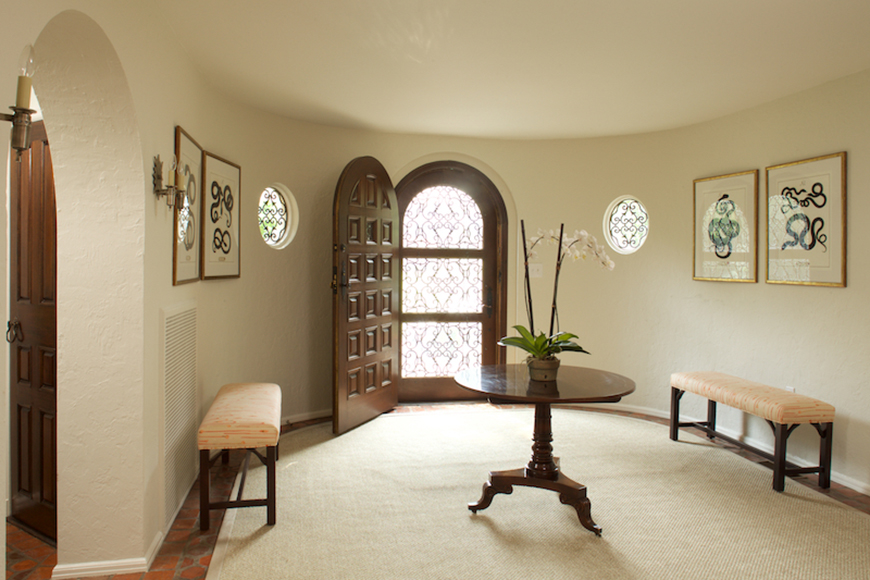
Gemes spent a lot of time in India while overseeing garment production and developing fabrics for his fashion career. While in India, apart from the country itself, Gemes fell in love with British Colonial furniture he would see in antique stores and flea markets. Before he knew it, Ken had started a side business importing teak and cane furniture, unwittingly the start of his next steps.
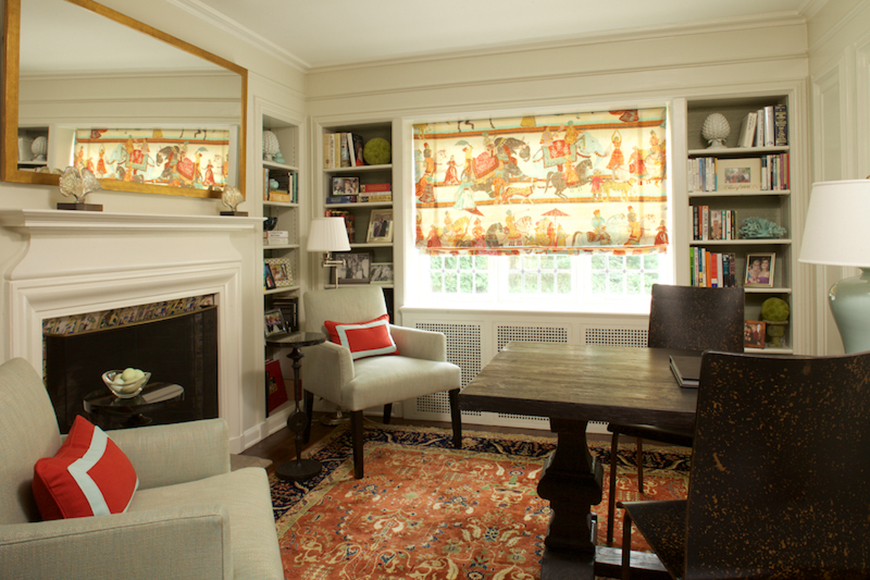
“I remember checking into the Imperial Hotel in New Delhi. The first view was a manicured vista lined with palms leading to the entrance of the grand hotel. It was so refined and historic,” Gemes said. “It was filled with British Colonial antiques and beautiful hand-colored lithographs and etchings. I thought ‘this should be seen in the U.S.’” This started an import business that eventually led to the thriving interior design firm he presently owns.
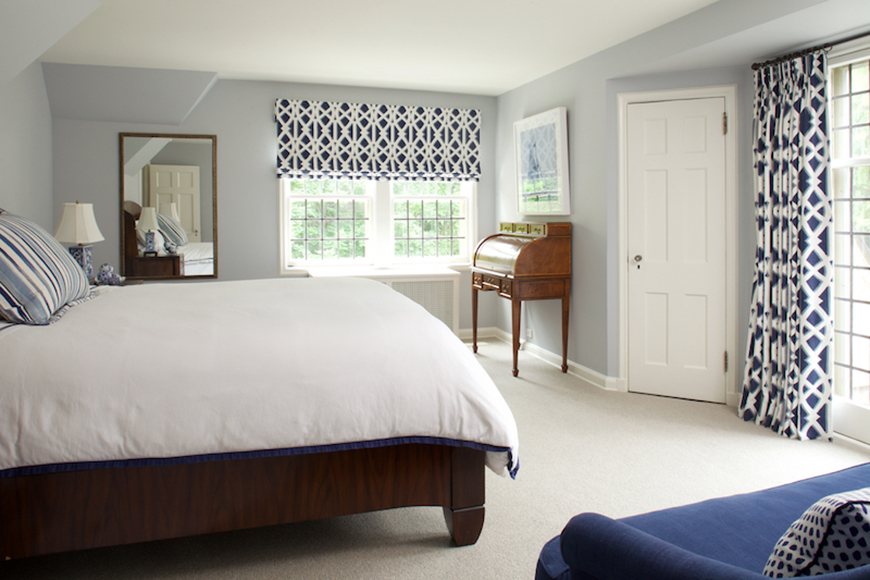
Gemes has since had covers for Traditional Home, Cottages and Gardens and Westchester Home. He’s participated in showhouses in the Hamptons, NYC, Westchester and Fairfield County. He has had clients all along the East Coast, but one of his latest projects offered a new personal challenge; redesigning a home he had previously designed.
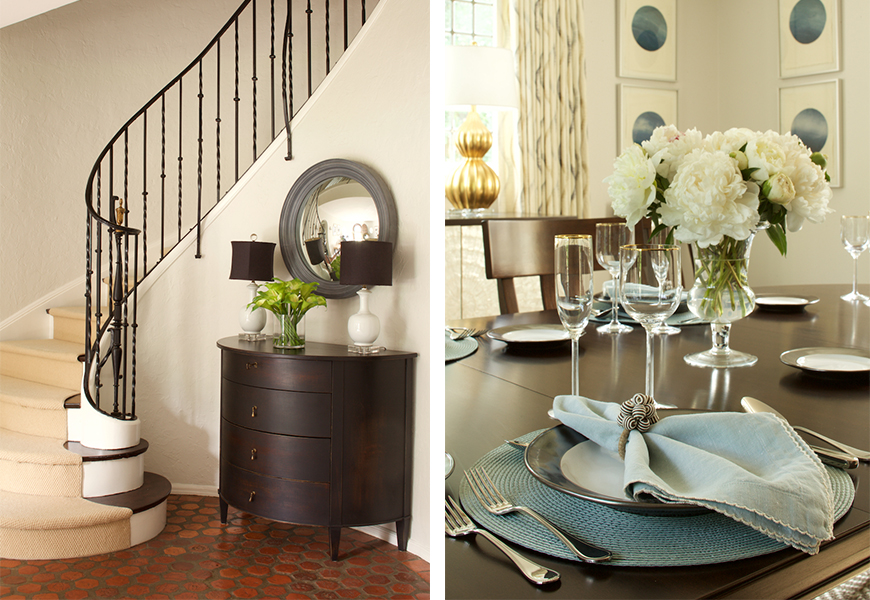
The pinwheel colonial home in Bronxville, NY has lived many lives. Originally built by Louis Bowman in 1925, an architect who once worked as a draftsman at McKim, Mead and White, he created a home in which all the rooms of the house are planned off a center tower – for two main reasons.
“Bowman wanted to preserve as many of the surrounding Oak and Hemlock trees as possible,” Gemes said. “Also, two houses sat very close to the property, so the angled house allows the sightlines to look into the scenery, rather than into the neighbors’ homes.”
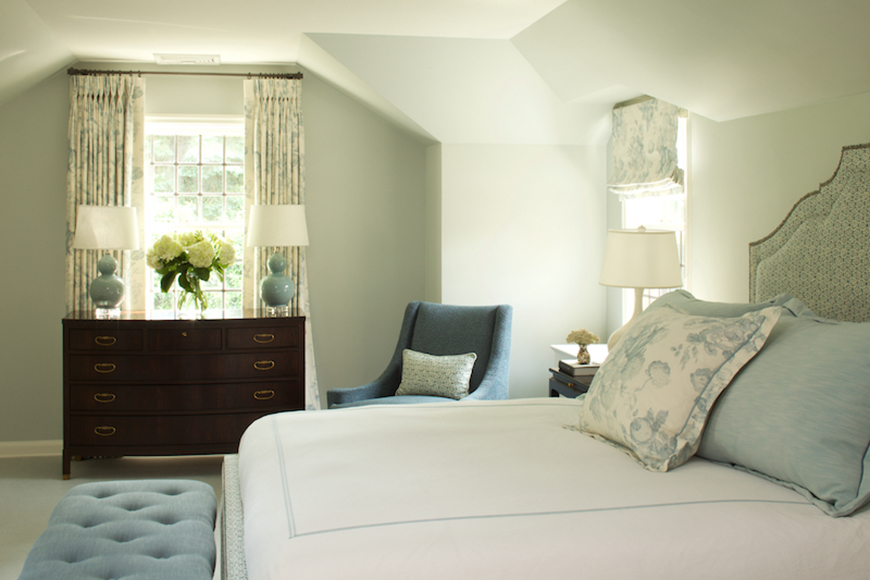
However, Gemes came to this project knowing exactly what he was getting himself into because he had designed the same historic home for the previous owners years prior. He remembers that the previous owners had requested some design changes to the house that he had steered them away from in order to preserve the house’s authenticity. The first clients wanted to place black and white tile flooring in the foyer, but Gemes convinced them to keep the original terracotta flooring so as not to compromise the integrity of the house. Preserving the past has always been important to his work, in this case especially when it came to the tile flooring which carried an inherit history and simplicity.
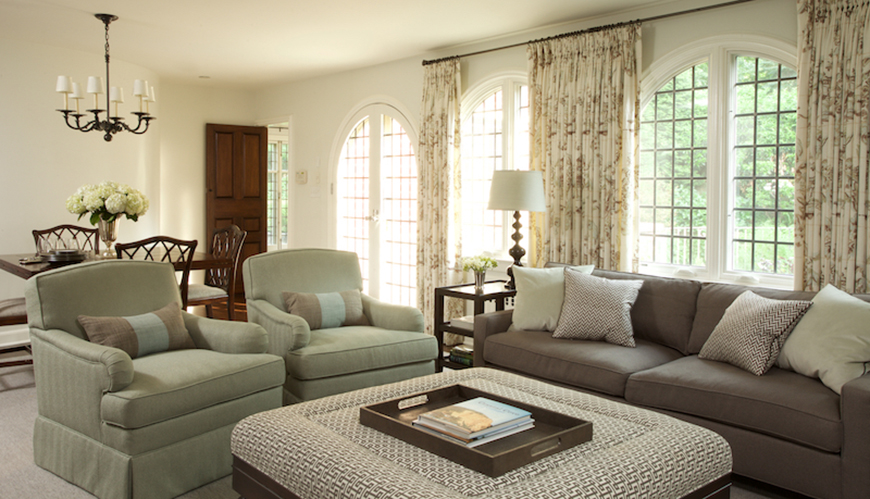
This time around, the young family gave Gemes the opportunity to lighten everything up. “It was fun to take everything out and format a cleaner and more contemporary look,” Gemes added.
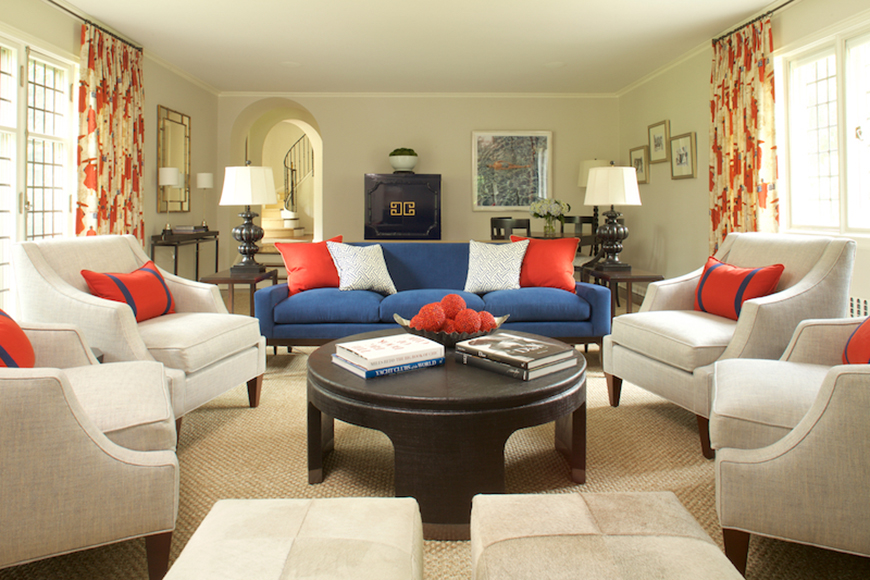
The couple’s love of bold color, especially reds, corals and oranges gave neutral elements of the design a breath of fresh air. This is particularly evident in the library where Jim Thompson’s “Wedding Parade” used on the roman shade, sets the tone for the whole room. Keeping everything calm with the drama of a great print on the window allows the fabric to “ tell a story,” Gemes said. He had originally fallen in love with the fabric because it reminded him of his time in India and he held onto it, waiting for the right project to present itself.
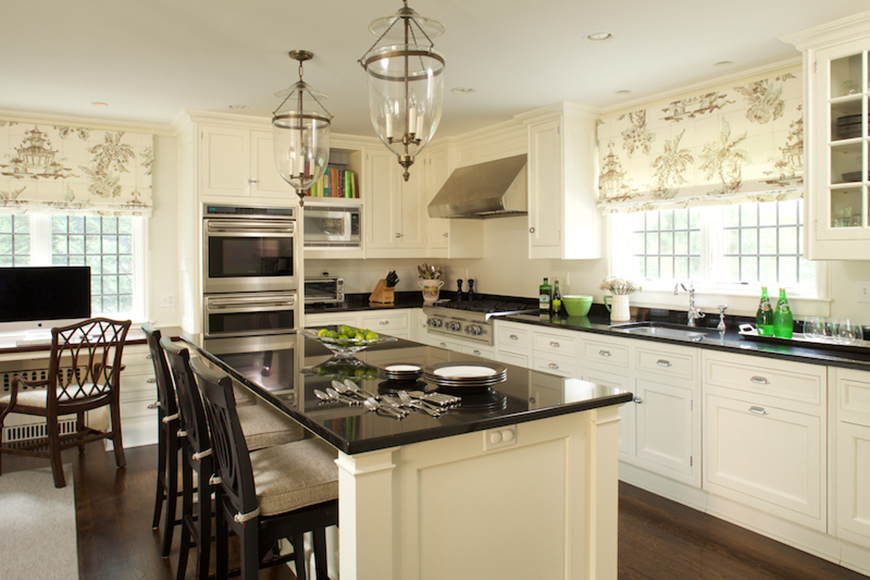
In the living room, Pierre Frey’s ‘Bagan’ print that offers a neutral ground featuring palm trees and Buddhist Monks dressed in coral robes carrying blue vessels, inspired the room’s color story. A blue lacquered bar and strong red accents were used to tie in the elements that Gemes loved in the curtains.
Additionally, the evolution of art played a huge role in relating a present-day style within an older home. In the dining room, a series of blue silk screen spheres serve as the focal point in this otherwise soft, sophisticated room. An oversized abstract landscape painting over the fireplace and watery photograph in the back of the room set the tone in the living room.
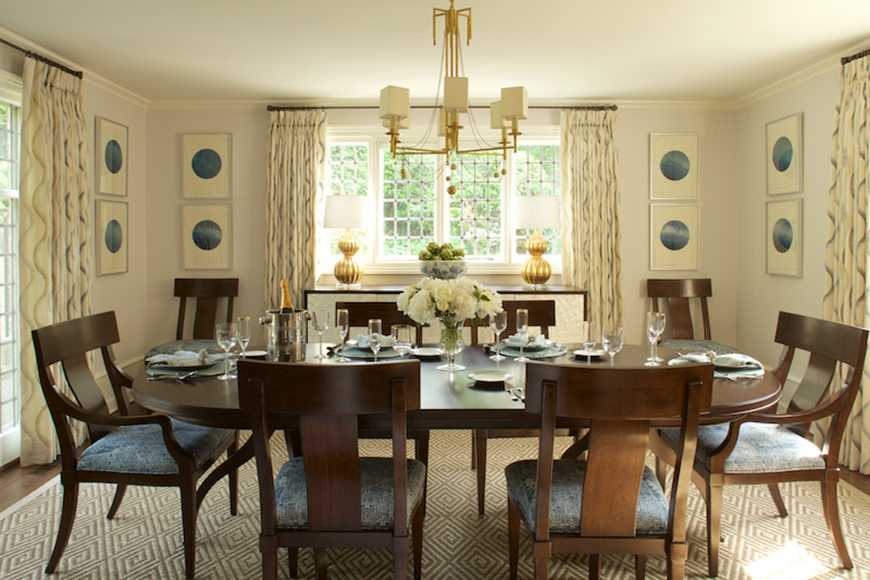
“I think it’s interesting that certain people are drawn to older homes because of the charm of the architecture and the sense of history they evoke. They have some sort of grasp on you, even though they often become a labor of love with each passing year” Gemes said. “It is unusual to find new construction built the same way as these historic homes, and the hand artistry is rare.
Gemes still occasionally sources British Colonial furniture from his original bazaar stomping grounds in India although his design aesthetic has evolved. He strives to create environments for his clients that are fresh and contemporary yet still include details with a sense of history. He proves that when it comes to interiors, in with the old, is the new way to go.
